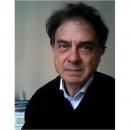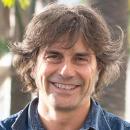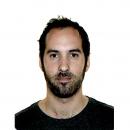A-Place
Research Lines
A-Place is a project co-financed by the Creative Europe programme (2019-2023), dedicated to strengthening the bonds between people and places. A programme of placemaking activities will take place over the next four years in six European cities: Barcelona, Bologna, Brussels, Lisbon, Ljubljana, and Nicosia.
A-Place is a platform for creation, debate and experimentation about the sense of belonging and identity which groups from multiple backgrounds and cultures hold with in their social and physical environments. Through site-specific art, creative spatial practises and cultural projects, A-Place aims to engage a variety of stakeholders -residents, artists, architects, students, policy-makers- in a process of reflection through action about the meaning of and value of creating places.
Contemporary spatial production has rendered a plethora of non-places, that is, spaces, in which people feel unable to create meaningful links. Non-places can be seen as a result of globalisation, gentrification, alienation, migration and mass tourism. To counteract these trends, A-Place will engage artists and communities to actively reinvent notions of place latent in socio-physical environments in order to reconnect people with places. The creative spatial practices implemented by the network aim to create meaningful places to have better, more inclusive and supportive communities.
A series of creative interventions, exhibitions and video art works will be realised over the duration of the programme, adopting site-specific research that examines the role of artistic practices as a catalyst to enhance and connect communities. The activities will be embedded in the communities, in an attempt to reveal the hidden meanings of places. The placemaking process carried out simultaneously in the partners’ cities will involve multiple stakeholders, which will gradually generate a network across distinct disciplinary, cultural and geographic boundaries.
Public, students, artists, academics and critiques; municipal authorities, cultural organizations, primary and secondary schools, and activist groups are invited to participate in the project activities. Open calls for art and architecture students and artists will be announced periodically, inviting them to participate in specific actions.




